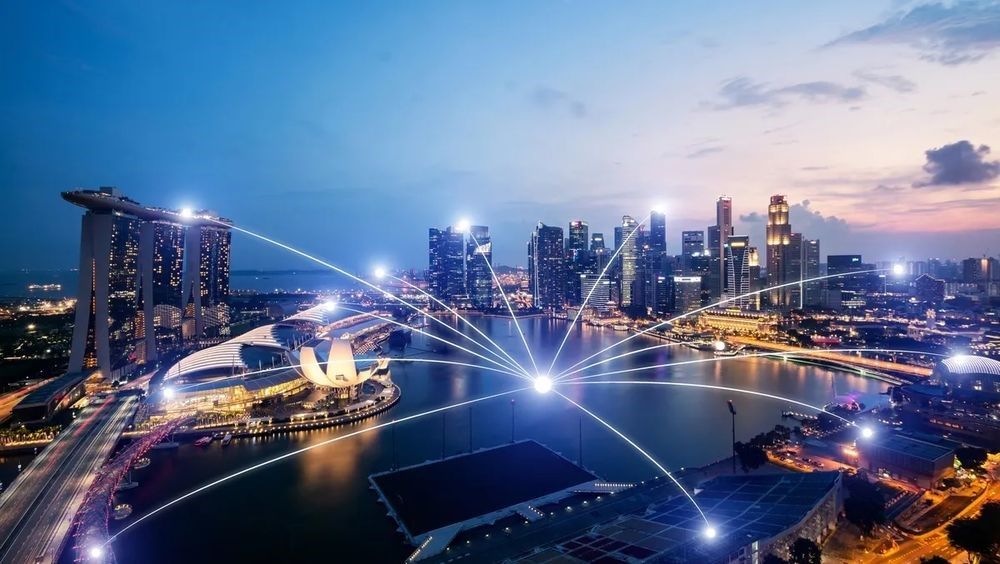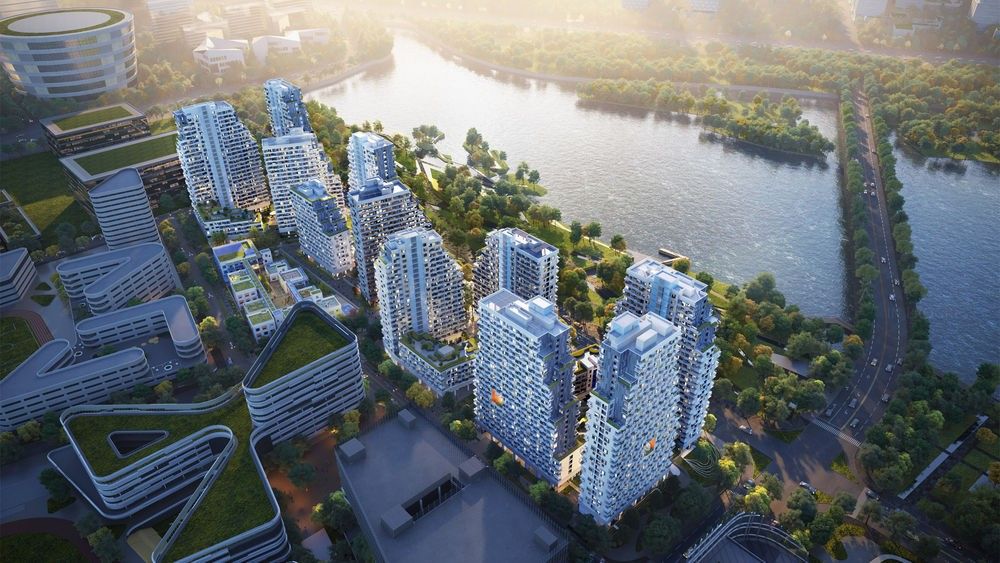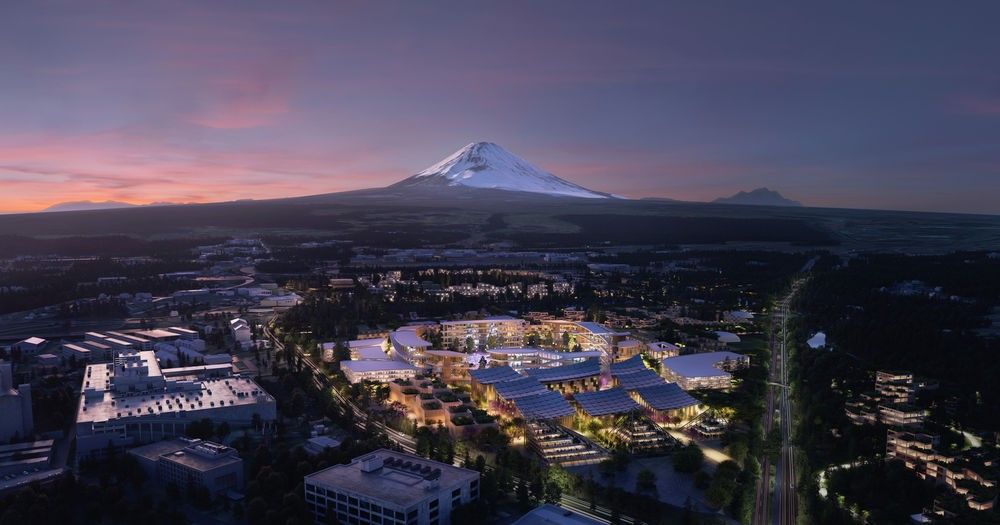- 通过密切合作实现创新解决方案:公私合作伙伴关系 (PPP) 使城市能够利用私营部门的技术和创新,如物联网、人工智能和大数据,来解决交通拥堵、医疗保健和城市流动性等城市挑战。
- 让城市更加可持续和宜居:从日本“编织城市”改善的流动性到新加坡使用人工智能进行城市规划,公私合作伙伴关系有助于创建更加辉煌、更加宜居的城市,改善公共服务,同时降低成本和环境影响。
- 来自世界各地的案例:中国、新加坡和日本等国的成功智慧城市案例展示了公私合作伙伴关系如何提供适合当地需求的解决方案,改善生活质量并促进全球经济增长。
公私合作伙伴关系在智慧城市发展中的作用
随着城市的发展和城市挑战的不断演变,公私合作伙伴关系 (PPP) 在创建创新的、面向未来的城市环境时变得至关重要。这些合作伙伴关系将政府的监管专业知识与 私营企业的创新和资金相结合,正在改变全球城市,为变革性城市发展提供必要的技 术掌握、财政资源和监管框架。
PPP 的背景是,私营企业或政府组织很难单独应对高效实现城市现代化的挑战。一方面,政府可能不具备实施先进技术所需的技术知识和基础设施。私营公司缺乏监 管知识,但带来了物联网、人工智能和大数据分析等创新,使城市能够高效地更新和 重新工业化系统。
世界各地成功的 PPP
今天,我们看到了世界各地成功的 PPP 案例。

智慧国家计划是新加坡协同效应的一个很好的例子,Venturous 在新加坡设有办事处。[1] 通过与一些世界顶级科技公司合作,新加坡推出了先进的人工智能解决方案、自动驾驶汽车试验、物联网驱动的公用事业和远程医疗平台。新加坡政府与本地叫车服务超级应用 Grab 和德国科技巨头西门子等公司合作,成功部署了一些全球最先进的智慧城市解决方案[2,3] 。公民可从中受益,包括通过优化资源利用降低公用事业成本、通过预测性交通管理实现道路安全以及改善老年人的医疗保健服务。这些技术改善了城市管理并为民众提供了便利。

在西班牙巴塞罗那举行的 2024 年全球智慧城市博览会 (SCEWC) 中,中国广东省深圳市获得了城市奖。在此次活动中,来自深圳的代表展示了该市取得的成就,以及他 以及他们如何支持和与包括深圳智慧城市集团、深圳数据交易所、华为和腾讯在内的企业合作。[4] 总体而言,深圳所在的华南粤港澳大湾区在利用 PPP 合作支持城市发展方面已取得长足进步。例如,深圳湾创新园通过 PPP 获得了 10% 的资金,广深港高铁项目通过 PPP 获得了 15% 的资金。[5]

另一个近期智慧城市发展的例子是日本汽车公司丰田在富士山脚下建造的“原型”智慧城市。该项目为发明家、居民和游客提供了一个独特的机会,让他们可以在模拟真实城市的环境中与新技术无缝互动,贯穿日常生活。所谓的“编织城市”旨在重新定义城市流动性:增强我们运输人员、货物、信息和能源的方式。编织城市将于 2025 年启动,几乎是一次实验,旨在通过公司、组织、大学和企业家之间的合作解决当今城市面临的一些流动性挑战。公民将受益于一个安全、互联且强调所有人福祉的居住场所[6]
挑战和考虑因素
虽然 PPP 合作开展智慧城市发展项目具有巨大潜力,但挑战依然存在。私营企业和政府可能有不同的兴趣、关注领域和工作方式。无论如何,私营实体和政府组织之间的这些合作受益于考虑以下几点:
- 数据隐私和安全:人工智能和物联网产生大量数据,引发了人们对公民和公司隐私的担忧。政府必须确保制定严格的法规来保护其公民和合作者。
- 成本分配:公共和政府机构与私营公司之间公平分担成本对于防止公共负担过重至关重要。
- 社区参与:由于智慧城市项目通常意义重大,公民的反馈有助于确保包容性和公众的认可。
结论
公私合作伙伴关系正在改变智慧城市的发展,因为 PPP 结合了政府和私营企业的优势。无论是通过深圳的改善生活、新加坡的城市规划,还是日本的交通改善,这些合作都在创造技术先进、更宜居、更可持续的城市。
随着全球城市地区的不断扩大,强大的 PPP 将在应对智慧城市挑战和提供惠及公民的解决方案方面继续发挥重要作用。政府和私营企业应共同努力,确保未来的智慧城市具有包容性、安全性和可持续性。
参考资料
- [1] 新加坡智慧国家。(无日期)。城市生活计划
- [2] 西门子交通。(无日期)。新加坡的城市交通解决方案。
- [3] 新加坡公务员学院。(无日期)。通过私人合作实现公共价值:Grab 的故事。Ethos(第 18 期)。
- [4] 一带一路门户网站。(无日期)。公私合作:推动中国智慧城市发展。
- [5] Jajvc 博士。(无日期)。变革性连接:分析中国在湾区的作用。LinkedIn。
- [6] 丰田汽车公司。(无日期)。编织城市:未来的原型城市。







